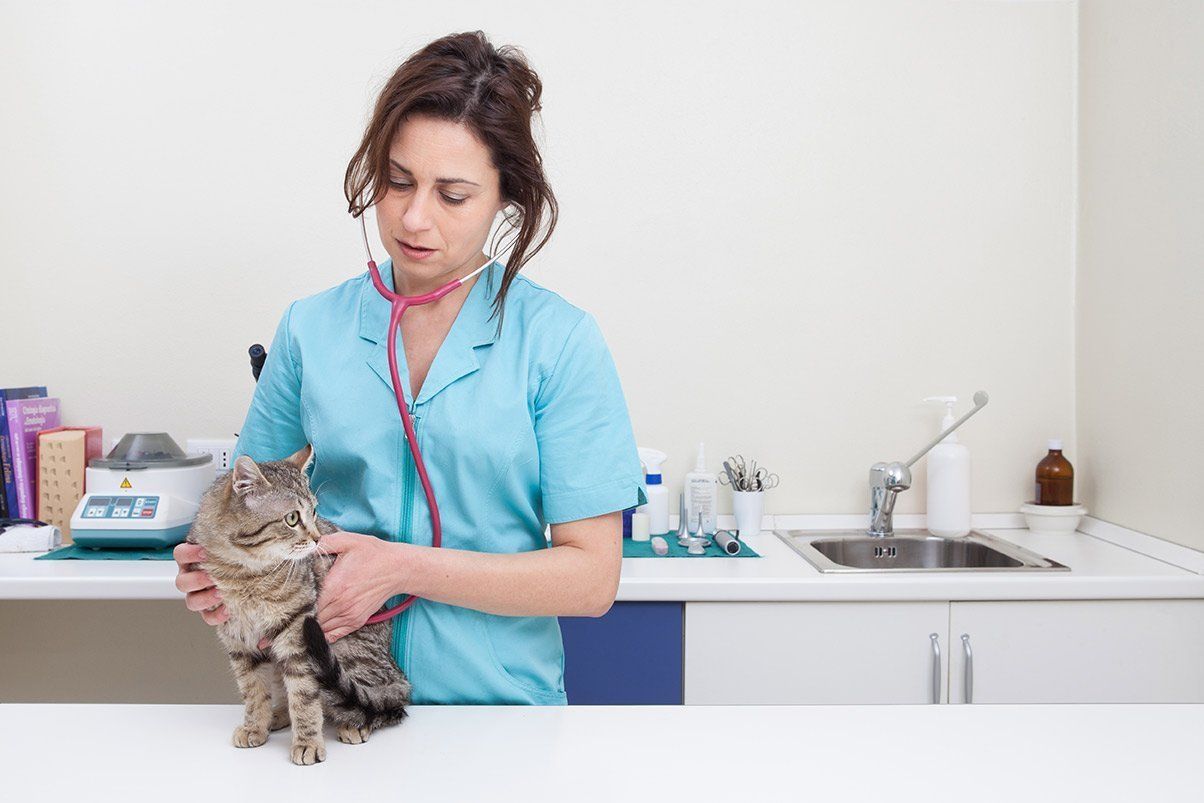General Medicine
General Medicine
In providing general pet medicine, our veterinary staff is capable of diagnosing and treating a variety of pet medical needs. Our approach to diagnostic and therapeutic services is meant to allow you and your pet increased comfort while maintaining confidence that you are in capable hands. At our veterinary office, we take corresponding safety precautions and observe all sanitation standards. Our goal is to provide quality pet care and exceptional customer service.
As a general practitioner, we can diagnose and treat a variety of health problems. However if diagnostics or treatment lie outside our veterinary expertise and requires a veterinary specialist, we will offer to refer your pet to a veterinary referral center who will be better able to assist you in achieving optimal pet health care.
General pet medicine includes the following:
If you witness your pet exhibiting any of the following symptoms, please schedule an appointment to have them evaluated, as the condition might require prompt treatment:
If you witness your pet exhibiting any of the following symptoms, please schedule an appointment to have them evaluated, as the condition might require prompt treatment:
- Anxiety that causes noticeable emotional changes.
- Confusion.
- Constipation.
- Coughing.
- Decreased appetite.
- Diarrhea.
- Difficulty standing up, climbing stairs, or walking long distances.
- Excessive itching.
- Excessive weight loss or weight gain.
- Foul odor in or around ears.
- Foul smelling breath.
- Inability to control bodily functions.
- Increased dehydration.
- Increased eye or nose secretion.
- Increased urination.
- Limping.
- Lumps in the skin that have increased in size or are entirely new.
- Sneezing.
- Tiny cuts across areas of the skin.
- Unexplained exhaustion.
- Vomiting.
- Wounds that will not heal.

Prolonged Condition Management
Prolonged Condition Management
In some instances, pet care requires more than just a single day’s visit. Our staff can provide a comfortable setting for pets receiving ongoing care that requires hospitalization. If your pet requires attention around the clock, our facilities are equipped to house them throughout the extent of the treatment.
Related Services
Request An Appointment
An important step in maintaining the health and happiness of your pet is to schedule an appointment with a qualified veterinarian. Please contact our office by phone or complete the appointment request form below. Our scheduling coordinator will contact you to confirm your appointment.
Please do not use this form to cancel or change an existing appointment.
